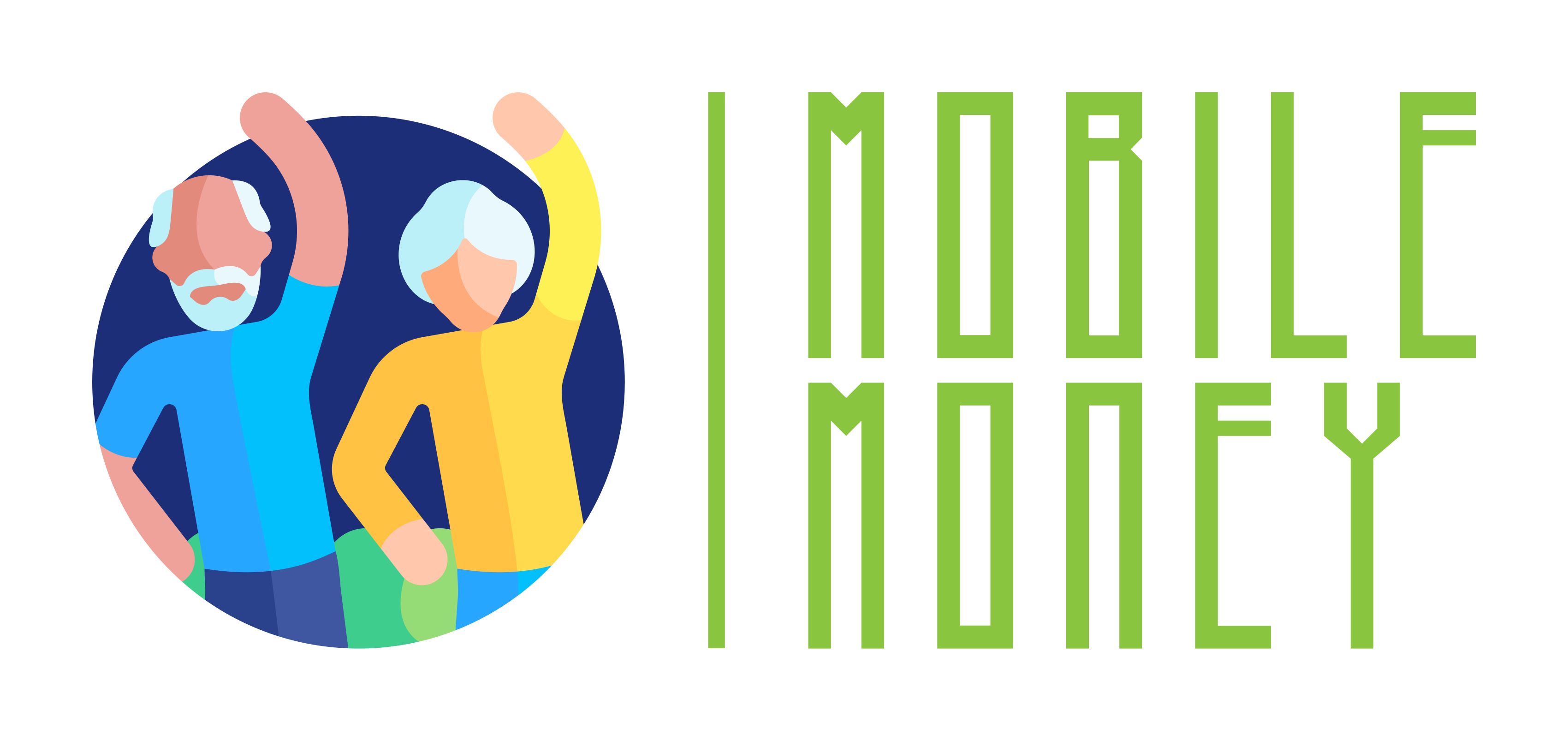Motivation
Motivation
There are about 90 million over 65 years living in the EU-27 and the share of elder persons will increase significantly in the coming decades (Eurostat, 2019).
There is a digital divide between younger and older age groups, becoming more apparent after the COVID-19 pandemic, which has intensified a rapid progression toward digitization threatening to leave behind elder persons.
Digitization is the most significant barrier to older peoples’ use of payment accounts (bank accounts that allow to make daily payment transactions, including depositing funds, making cash withdrawals and card transactions, among others) in a context of reduced access to cash which particularly impacts in the elderly, as reductions in the number of Automated teller machines (ATMs) or bank branches is a common issue in many Member States.

Image by pch.vector on Freepik
On the other hand, elder persons face with barriers that prevent them from accessing payment services in an increasingly digitalized marketplace where goods and services are being offered through digital means.
More recently, Mobile Money solutions, including Mobile Banking and Mobile Payment Systems, are being generalized and can substantially reduce barriers to financial inclusion of the elderly. They refer to the use of a mobile device, such as a smartphone or tablet, to access and manage one’s banking accounts and/or conduct various financial transactions.
However, there is a low adoption of the Mobile Money solutions by the elderly mainly due to;
- Lack of general digital literacy and skills. Reluctance to the adoption of new digital technologies, due to a lack of: familiarity and perceived utility; choice and control; convenience and accessibility and trust related to privacy and security, which are stressed in the money and transactions fields.
- Lack of specific money and transactions competences, as defined by the “Financial Competence Framework for adults in the EU” (EU Commision & OECD, 2022) covering knowledge, skills and attitudes related to situations affecting their dailylife, like: “managing their bank accounts, understanding different forms of payment methods; transferring money through digital means or using the most efficient methods to purchase products and services online”.
- Lack of specific knowledge on the last innovative Mobile Money solutions and how they can be specifically applied for their daily-live situations.
Objectives
Objectives

Image by Freepik
The aim of our project is to increase the competences of the elderly for using Mobile Money solutions. According to that, the project has the following general objectives (GO);
- To develop a Training Methodology based on “gamification” and “learning by doing” approaches, where they will be trained in a simulation, safe and friendly environment, in order to get familiar with the innovative processes related with the management of money and transactions through mobile technologies reducing their concerns and reservations before they can use them in the real world for their own daily-live situations.
- To develop a Trainer´s Guide and a set of Training Resources for Supports in order to enhance the implementation of the training methodology.
- To develop a set of Training Materials for the Elderly for enhancing their successful involvement in the training process and acquisition of competences.
- To develop a “Mobile Money Training Tool” for enhancing the implementation of the training methodology, simulating he processes and functionalities related with the management of money and transactions through mobile technologies.
- To implement pilot training actions for validating the quality of the training program and its capacity for increasing the competences of the elderly regarding the use of Mobile Money solutions for managing money and transactions.
- To increase the awareness of the related stakeholders at national and EU level on the drivers and barriers for the adoption of mobile technologies for the management of money and transactions by the elderly and commitment with the future exploitation of the training program.
Target Groups
Target Groups
The target groups of the project are:
The Elderly
The primary target group will be the Elderly. For the purpose of the project and development of the further training program, we assume that this collective includes persons 60+, as, depending on the specific socio-economic and personal situations, they have been identified as being more affected by the digital divide.
The profile of these the Elderly will be broad, trying to include as much as persons as possible. The following considerations will be taken into account when developing the training methodology, training package and Mobile Money Training Tool.
- Persons with lower or higher digital skills will be addressed, through the development of an initial training activity for setting basic digital skills.
- Persons living in rural areas and/or more isolated, as well as those living in urban areas with access to community services will be addressed, through the development of the e-training platform to get access to materials and online training sessions.

Image by Freepik
Supporting Persons
We aim to include also Supporting Persons (professionals, relatives, neighbors and others) that are delivering care, training and supporting services to the Elderly as they can play a key role facilitating that elder persons acquire the competences targeted. Professionals specialized in digital and/or financial literacy who could be involved in activities with elder persons, among others, will be a target group as well.
Society in general
Finally, the project will also target the Society in general as they will be important being able to play different roles for enhancing that elder persons adopt mobile money solutions.

